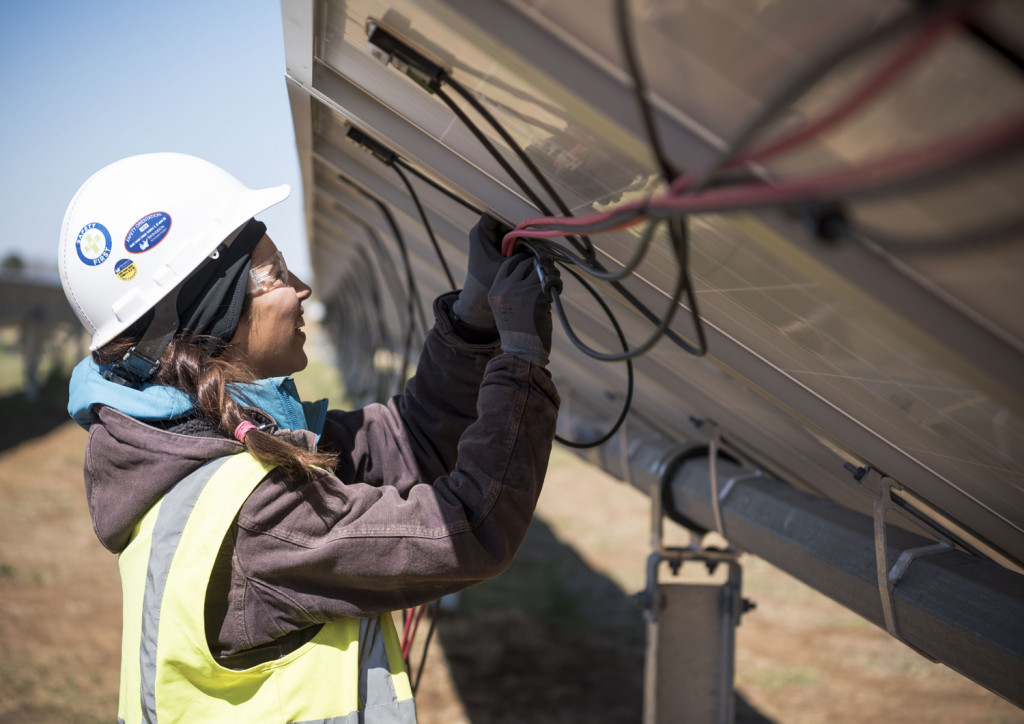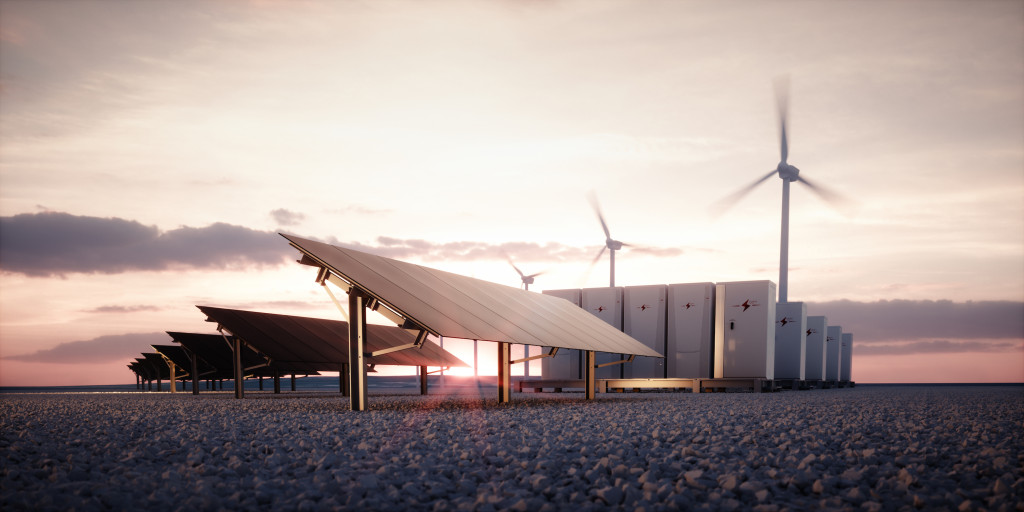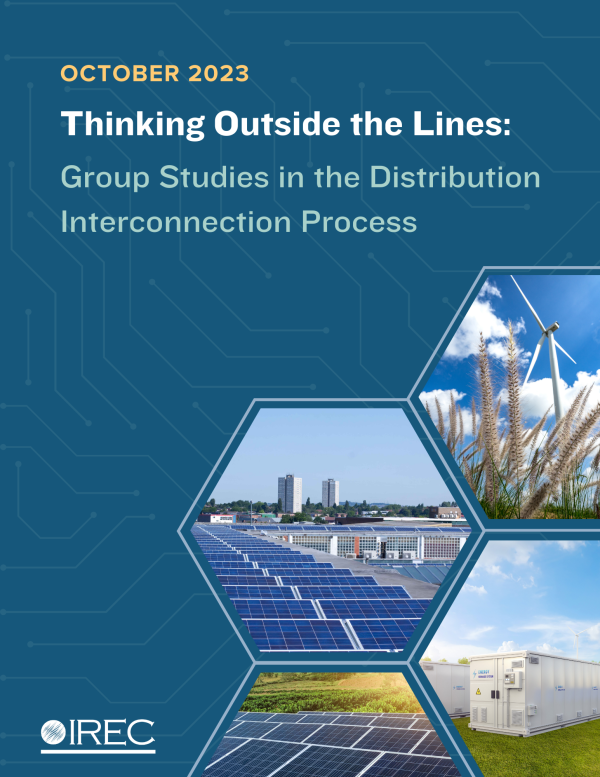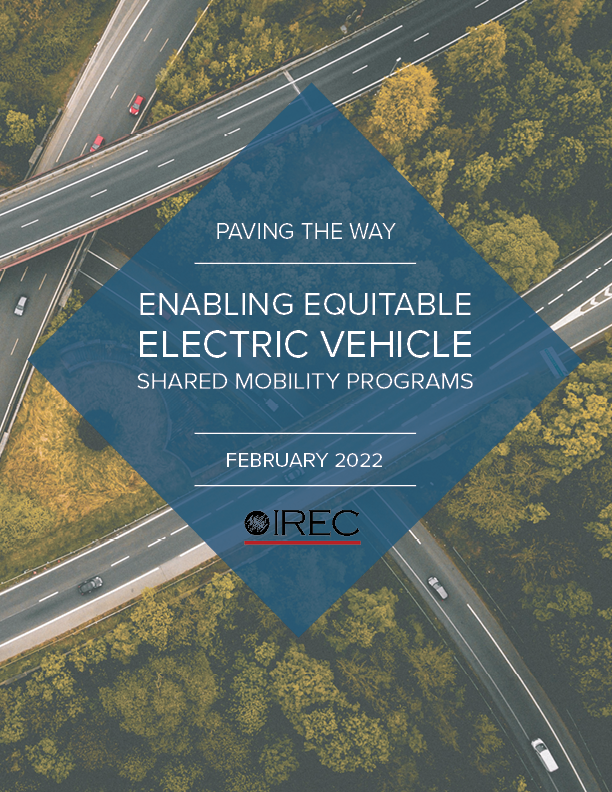Our Work
3 Pathways to A Clean Energy Future
Our Impact

Stay Connected
Get Updates
Subscribe now to receive the latest news and research from IREC in your inbox.

Regulatory
Connecting to the Grid
IREC works in states across the country and through national forums to make connecting renewable energy systems to the grid more affordable, efficient, and cost-effective.

Clean Energy Market Trends
Solar Jobs Census
The annual Solar Jobs Census is the definitive report on solar energy job growth in the United States.






